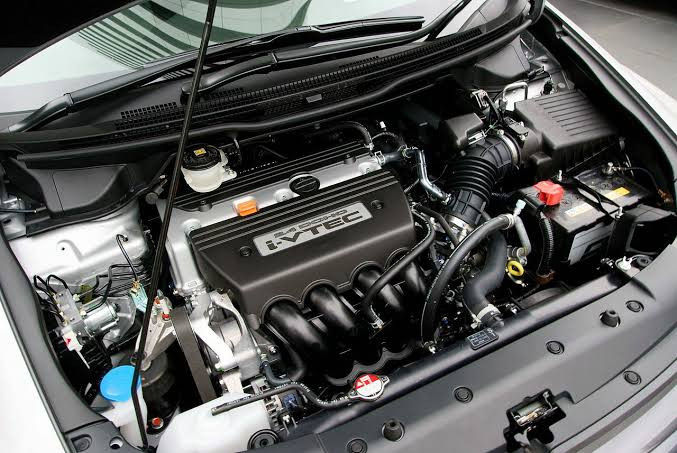Imagine sitting at a red light, your car idling, and suddenly you feel it — a shake, a shudder, a subtle dance beneath your seat. It’s a common scenario that leaves many drivers puzzled: why does their car shake and vibrate when idling, yet smooth out as the RPMs climb? This perplexing behavior can be a source of frustration and concern, but fear not, for the answers lie within the intricate ballet of engine mechanics.
In this article, we’ll explore the various factors that can cause your car to vibrate at idle and how to address them, ensuring your ride is as smooth as the road ahead.
Engine Dynamics at Idle:
- Torque Pulses: At the core of your vehicle’s engine, pistons move in a rhythmic sequence, generating torque pulses that rotate the crankshaft. At lower RPMs, these pulses are more pronounced, and any irregularities in their rhythm can manifest as vibrations felt within the cabin.
- Idle Stability: A stable idle is a sign of a healthy engine, but achieving this stability is a delicate balance of many factors, including the air-fuel mixture, ignition timing, and overall engine condition.
Diagnosing the Shakes
Air-Fuel Mixture and Ignition Timing:
- Leaky Situations: One common culprit behind a shaky idle is an imbalance in the air-fuel mixture. This can occur due to air leaks in the intake manifold, which may stem from a cracked manifold, a failed gasket, or a compromised vacuum hose.
- Timing is Everything: In modern engines, computer-controlled ignition systems ensure precise timing. However, when timing is off, even slightly, it can lead to noticeable vibrations. Poor ignition timing can be a symptom of deeper issues, such as sensor malfunctions or worn spark plugs.
Misfires
A misfire occurs when one or more engine cylinders fail to fire correctly, disrupting the engine’s balance and causing vibrations.
- Detecting Misfires: Misfires can be caused by various issues, including spark plug problems, faulty ignition coils, or fuel system malfunctions.
The Symptom of Synchronization:
Each piston should contribute equally to the smooth operation of the engine. If one piston is exerting less force — perhaps due to a misfire or a compression loss — the engine’s rhythm is disrupted, leading to vibrations.
- The Spark Plug Test: A straightforward method to identify a weak piston is the spark plug lead test. By disconnecting each lead in turn and observing the change in engine behavior, you can pinpoint a piston that isn’t pulling its weight.
Valve Health
Valves are the gatekeepers of your engine’s combustion chambers, regulating the flow of air and exhaust gases. Their condition is paramount to engine performance.
- Wear and Tear: Over time, valves can erode, especially exhaust valves, which are exposed to hot gases. A leaking valve can significantly reduce a piston’s effectiveness, leading to uneven idling.
Compression and Combustion
A technician armed with a compression gauge can assess the health of each cylinder, revealing issues that may not be apparent during a visual inspection.
- Exhaust Valve Examination: Given their susceptibility to heat and oxidation, exhaust valves warrant a closer look when diagnosing idling issues.
Fuel Injection Finesse
- Metered Mixtures: Fuel injection systems, aided by oxygen sensors, deliver precise air-fuel mixtures, crucial for maintaining a smooth idle.
- Sensor Check: A failing oxygen sensor can lead to an improper mixture, causing the engine to run rough. Regular checks and maintenance of these sensors are essential for optimal engine performance.
The dance of a car at idle is a complex performance, with each component playing a critical role in maintaining smooth operations. From air-fuel mixtures to valve health, understanding the nuances of your engine can transform a shaky experience into a harmonious journey. Regular maintenance, attentive observation, and a proactive approach to troubleshooting can keep your car running smoothly, allowing you to enjoy the drive without the unwanted vibrations.

Comments (0)
Please login to join the discussion
Be the first to comment on this article!
Share your thoughts and start the discussion